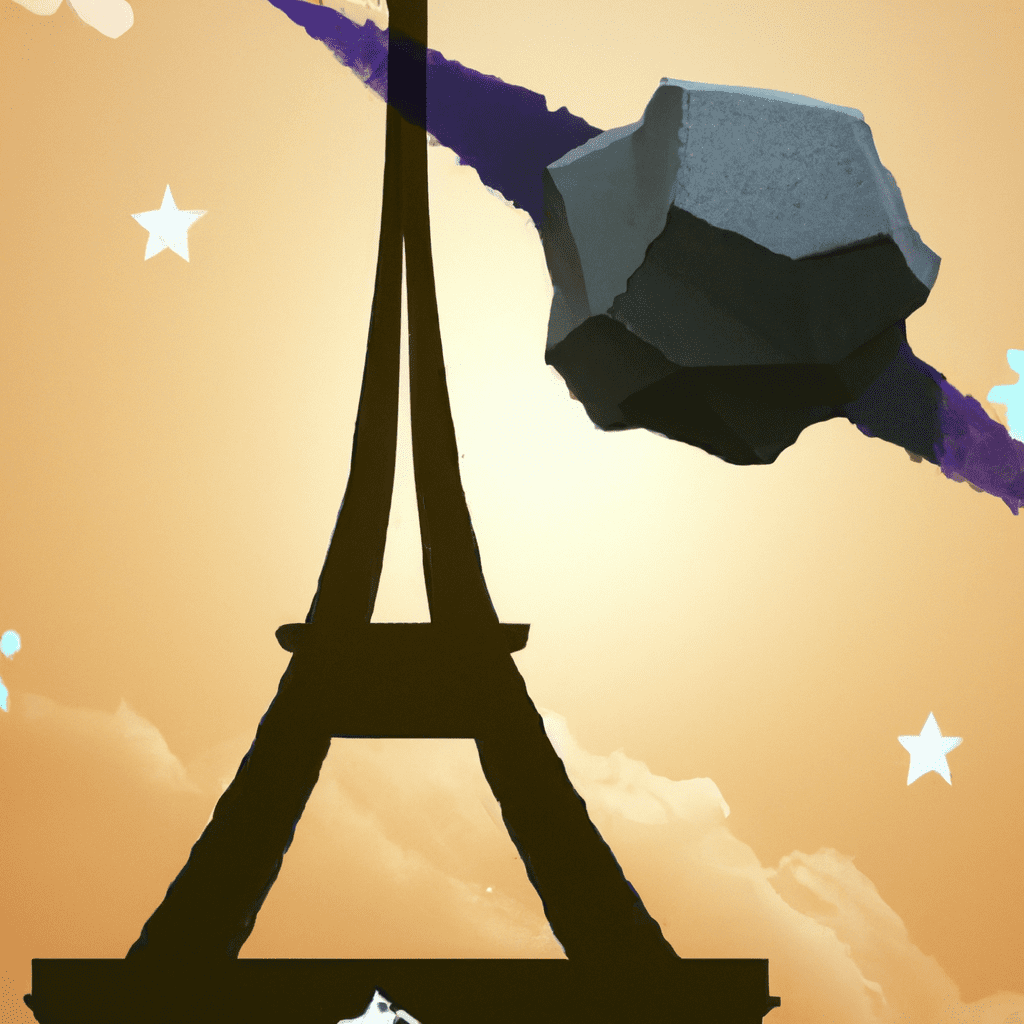NASA Alert: Eiffel Tower-Sized Asteroid 2003 MH4 Will Zoom Past Earth on May 24; Here’s What You Should Know – Shlok’s Automation
The world of space exploration is forever filled with intriguing and sometimes threatening discoveries. Following the trend, NASA has made an announcement that has sent ripples through the scientific community. In what can be considered a cosmic near-miss, a gigantic asteroid labelled 2003 MH4, reminiscent of the size of the Eiffel Tower, is set to pass by Earth on May 24th. This news has sparked a frenzy of curiosity amongst both scientists and the general public. Let’s delve deeper into this cosmic event and understand its implications.
What Is Asteroid 2003 MH4?
Asteroid 2003 MH4 was first discovered by NASA’s Near Earth Object Observations Program in June 2003. The asteroid measures around 1,100 feet (335 meters) in diameter, approximately the height of the Eiffel Tower. According to NASA’s Center for Near-Earth Object Studies (CNEOS), the asteroid is set to make its close approach to Earth on May 24, 2023.
How Close Will It Get?
In terms of space distances, the asteroid is expected to pass by relatively close. The asteroid’s closest approach to Earth, according to CNEOS, will be about 3.9 million kilometers. This might seem like a vast distance, but in astronomical terms, it’s a hair’s breadth away. It’s worth noting that the average distance between Earth and the moon is about 385,000 kilometers. Hence, the asteroid 2003 MH4 will pass by us at roughly ten times the Earth-moon distance, which is considered close in the grand scale of the cosmos.
Should We Be Worried?
The short answer is, no. Although the asteroid’s size is indeed daunting, NASA has assured us that there’s no reason for alarm. The space agency’s scientists have calculated the asteroid’s trajectory with precision, and they are confident that it poses no threat to our planet.
NASA’s Planetary Defense Coordination Office closely tracks and studies near-Earth objects like asteroids and comets. This vigilance helps them predict any potential impacts years or even decades in advance. Thankfully, in the case of asteroid 2003 MH4, the Earth is safe.
What Can We Learn From This Event?
Despite the asteroid posing no immediate threat, its flyby is an event of scientific significance. It provides astronomers with a golden opportunity to study this celestial body up close. Observations can help scientists learn about the asteroid’s composition, structure, and possibly its origin. This information is invaluable in advancing our understanding of the solar system.
Moreover, events like this underscore the importance of NASA’s ongoing work in identifying and tracking near-Earth objects. They serve as a reminder of the potential risks lurking in our cosmic neighborhood and highlight the need for sustained efforts in space exploration and planetary defense.
In Conclusion
While the news of a massive Eiffel Tower-sized asteroid hurtling through space might initially sound alarming, rest assured that the scientists at NASA have it under control. The flyby of asteroid 2003 MH4 is not a harbinger of doom but rather an exciting opportunity for scientific discovery.
It’s a testament to our advancements in space science that we can spot these celestial visitors years in advance and assure the safety of our planet. So on May 24, instead of panicking, take a moment to marvel at the wonders of the cosmos and the human ingenuity that allows us to explore it.
Anurag Dhole is a seasoned journalist and content writer with a passion for delivering timely, accurate, and engaging stories. With over 8 years of experience in digital media, she covers a wide range of topics—from breaking news and politics to business insights and cultural trends. Jane's writing style blends clarity with depth, aiming to inform and inspire readers in a fast-paced media landscape. When she’s not chasing stories, she’s likely reading investigative features or exploring local cafés for her next writing spot.





